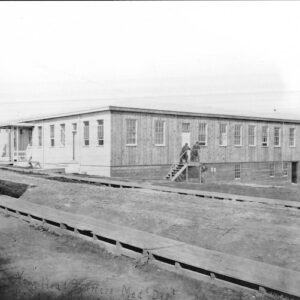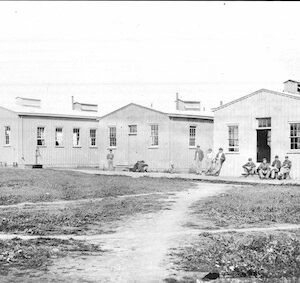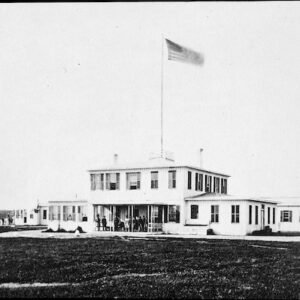Tag: Davids Island NY
Wikipedia says: Davids Island is a 78-acre (320,000 m2) island off the coast of New Rochelle, New York, in Long Island Sound. Currently uninhabited, it was previously the site of Fort Slocum. The island is home to the endangered Kemp’s ridley sea turtle, and birds such as osprey and least terns. Davids Island also supports valuable wetlands, rare rocky intertidal areas, and sandy beaches. The waters surrounding the island are home to winter flounder, Atlantic herring, and Atlantic silverside.
The name is often given as “David Hawk’s” or “David Hawk” Island, but neither is correct. The island is named after its next-to-last civilian owner before the Army acquired it: New York City ink manufacturer and Westchester County resident Thaddeus Davids. It was first leased (1861–1867), then owned (1867–1965), by the U.S. government, and was known as “Davids Island Military Reservation” until it was renamed “Fort Slocum” on July 1, 1896. Previously, it had been named after other owners and was called successively Bouteillier’s, Rodman’s, Myer’s, Treadwell’s, Hewlett’s, Allen’s, and Morse’s Island.
During the last periods before European explorers and colonists arrived, Native Americans inhabited Davids Island. By the mid 17th century, the area that would become New Rochelle was inhabited by a Native American group known as the Siwanoy. Archeological evidence from Davids Island indicates that Native Americans inhabited the island from 1,000 to 1,500 AD. Native Americans began to withdraw from New York’s coastal areas in the 1600s, as European traders and colonists began to enter the region. In 1654, Thomas Pell acquired from the Siwanoys title for the land that now includes Davids Island and southern Westchester County.
From colonial times to the mid-19th century, Davids Island was one of many small islands off the north shore of Long Island Sound used for farming and pasturing animals. Permanent Euro-American occupation of Davids Island began with the arrival of Huguenot settlers to the area in the late 1600s.
By the middle of the 19th century, summertime steamboat excursions to New Rochelle gave city dwellers from New York City and Brooklyn a chance to escape the urban crowds and grime for a few hours. Davids, Neptune, and Glen Islands were all regular stops for excursion steamers.
In November 1856, ink manufacturer Thaddeus Davids purchased the island, after which time the island took his name. Davids had intended to move his factory to the island but never did so. In 1862, he leased the island to Simeon Leland, a prominent hotelier, who then subleased it to the U.S. War Department for hospital purposes. De Camp General Hospital was soon established, and wooden structures were erected to house thousands of wounded prisoners from the battlefields of the Civil War. By late 1862, De Camp was the Army’s largest general hospital, housing more than 2,100 patients. Originally, the hospital treated only Union soldiers, but following the Battle of Gettysburg in July 1863, the War Department opened it to care for hundreds of wounded Confederate soldiers. Davids Island soon held more than 2,500 Confederate prisoners. Most had recovered by October and were moved to prisoner of war camps elsewhere.
Showing all 11 resultsSorted by latest










